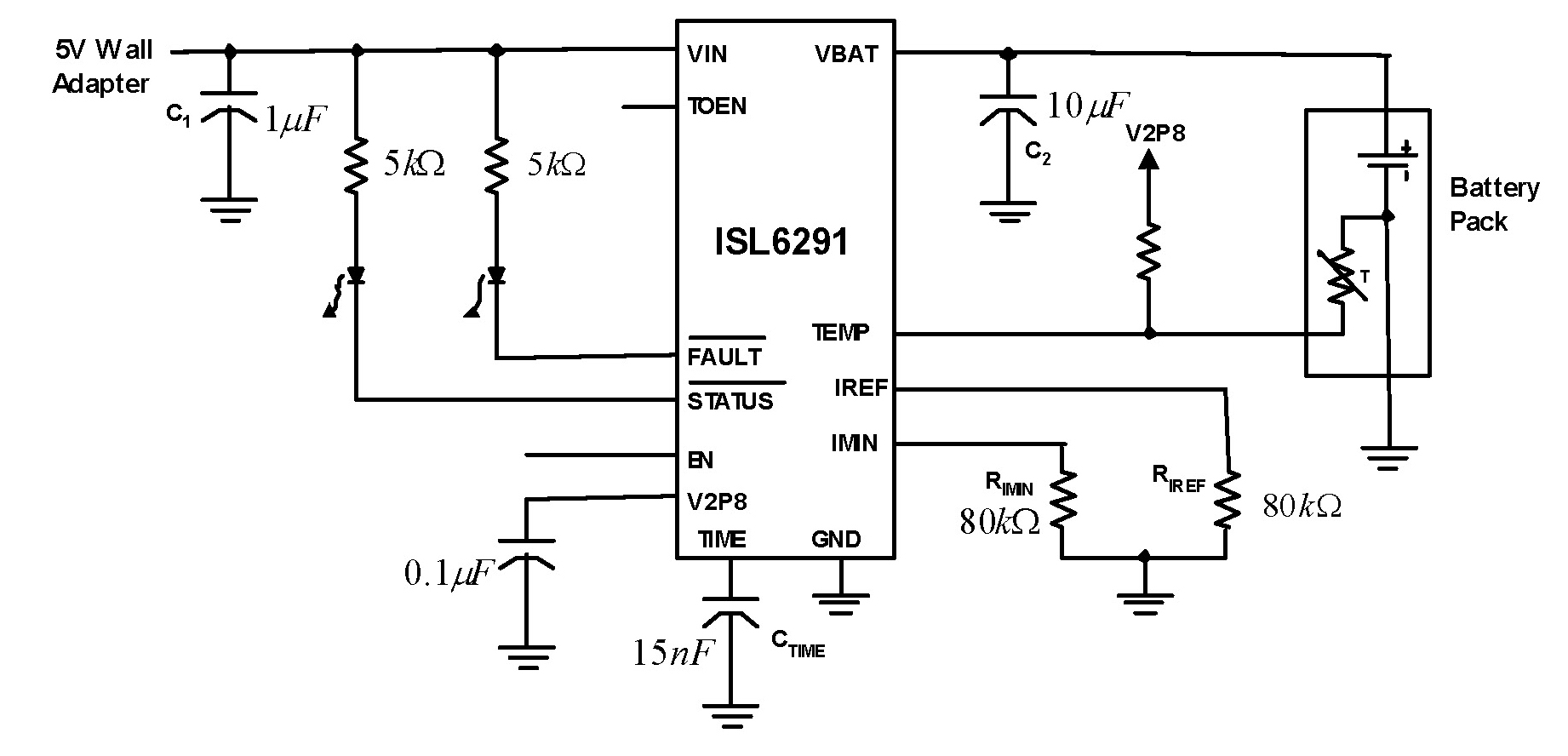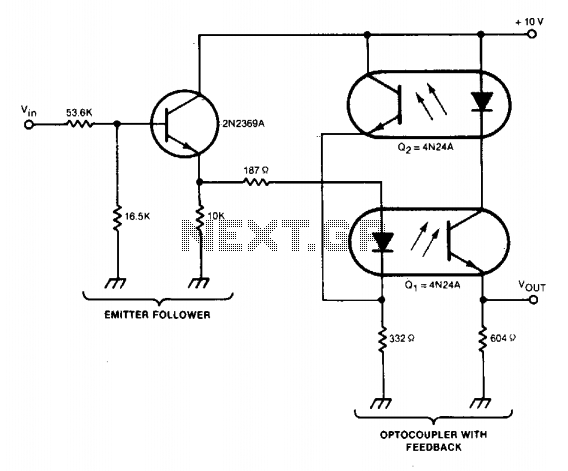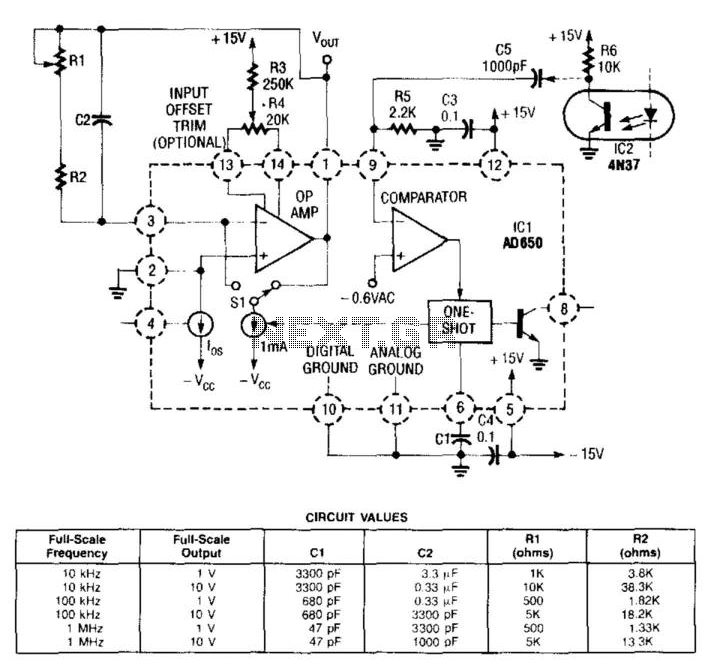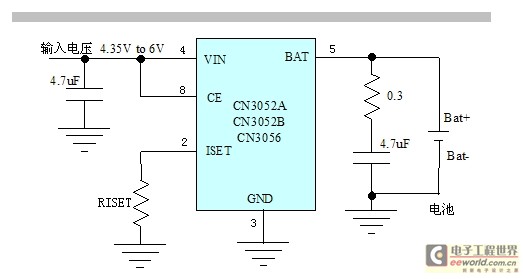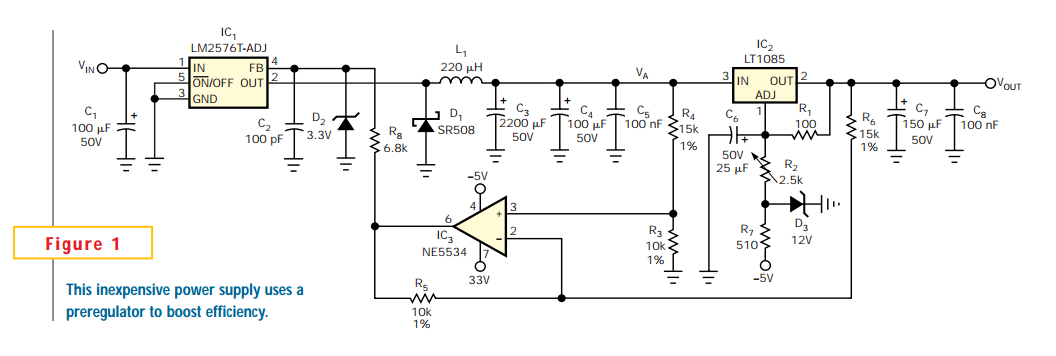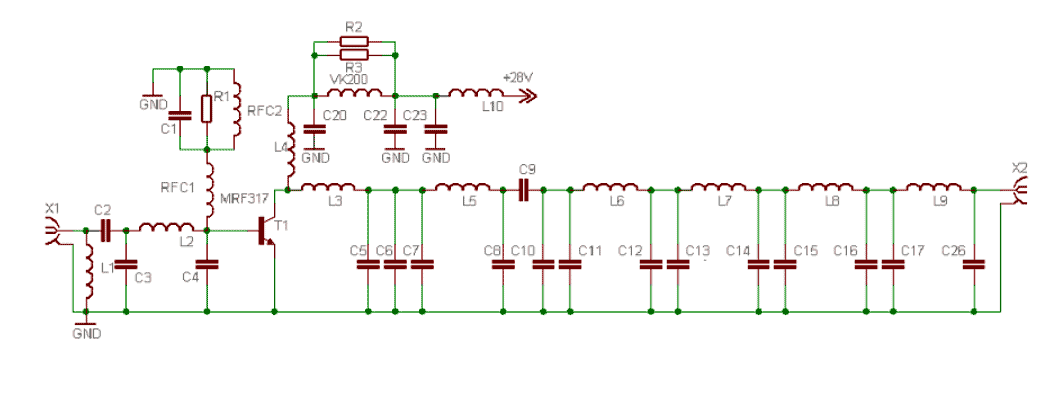
Linear optocoupler for instrumentation

A dual optocoupler is utilized in a configuration that maintains the same current across the LEDs. Assuming comparable optocoupler characteristics, the output voltage must match the non-inverting input voltage. Given that the operational amplifier operates within a closed loop, the output voltage becomes equal to the input voltage. Additionally, the resistor (Rc) and capacitor (C) function as a compensation network to mitigate oscillations.
The dual optocoupler configuration is an essential component in various electronic circuits, particularly in signal isolation and level shifting applications. The optocoupler consists of two light-emitting diodes (LEDs) and photodetectors, allowing electrical isolation between different circuit sections while enabling signal transmission. The configuration ensures that the current flowing through the LEDs is consistent, which is critical for maintaining the integrity of the output signal.
In this setup, the output voltage is designed to be equal to the non-inverting input voltage of the operational amplifier (op-amp). This relationship is significant because it indicates that the op-amp is functioning in a linear region, ensuring accurate amplification or signal processing. The closed-loop configuration of the op-amp further reinforces this behavior, as feedback is employed to stabilize the output voltage, effectively making it track the input voltage closely.
The inclusion of the resistor (Rc) and capacitor (C) as a compensation network is vital for maintaining stability within the circuit. This network helps to dampen potential oscillations that may arise due to the feedback loop. By carefully selecting the values of Rc and C, the designer can tailor the frequency response of the circuit, ensuring that it operates smoothly without unwanted oscillatory behavior.
Overall, this dual optocoupler configuration, combined with the compensation network, provides a robust solution for applications requiring precise signal isolation and control, ensuring reliable performance in various electronic systems.A dual optocoupler is used in a configuration which has the same current throughout as the LEDs. Assuming similar optocoupler features the output voltage must be equal to the non-inverting input voltage. Since the op amp is within a closed loop the output voltage becomes equal to the input voltage. Rc and C perform as a compensation network to prevent oscillations.
The dual optocoupler configuration is an essential component in various electronic circuits, particularly in signal isolation and level shifting applications. The optocoupler consists of two light-emitting diodes (LEDs) and photodetectors, allowing electrical isolation between different circuit sections while enabling signal transmission. The configuration ensures that the current flowing through the LEDs is consistent, which is critical for maintaining the integrity of the output signal.
In this setup, the output voltage is designed to be equal to the non-inverting input voltage of the operational amplifier (op-amp). This relationship is significant because it indicates that the op-amp is functioning in a linear region, ensuring accurate amplification or signal processing. The closed-loop configuration of the op-amp further reinforces this behavior, as feedback is employed to stabilize the output voltage, effectively making it track the input voltage closely.
The inclusion of the resistor (Rc) and capacitor (C) as a compensation network is vital for maintaining stability within the circuit. This network helps to dampen potential oscillations that may arise due to the feedback loop. By carefully selecting the values of Rc and C, the designer can tailor the frequency response of the circuit, ensuring that it operates smoothly without unwanted oscillatory behavior.
Overall, this dual optocoupler configuration, combined with the compensation network, provides a robust solution for applications requiring precise signal isolation and control, ensuring reliable performance in various electronic systems.A dual optocoupler is used in a configuration which has the same current throughout as the LEDs. Assuming similar optocoupler features the output voltage must be equal to the non-inverting input voltage. Since the op amp is within a closed loop the output voltage becomes equal to the input voltage. Rc and C perform as a compensation network to prevent oscillations.
